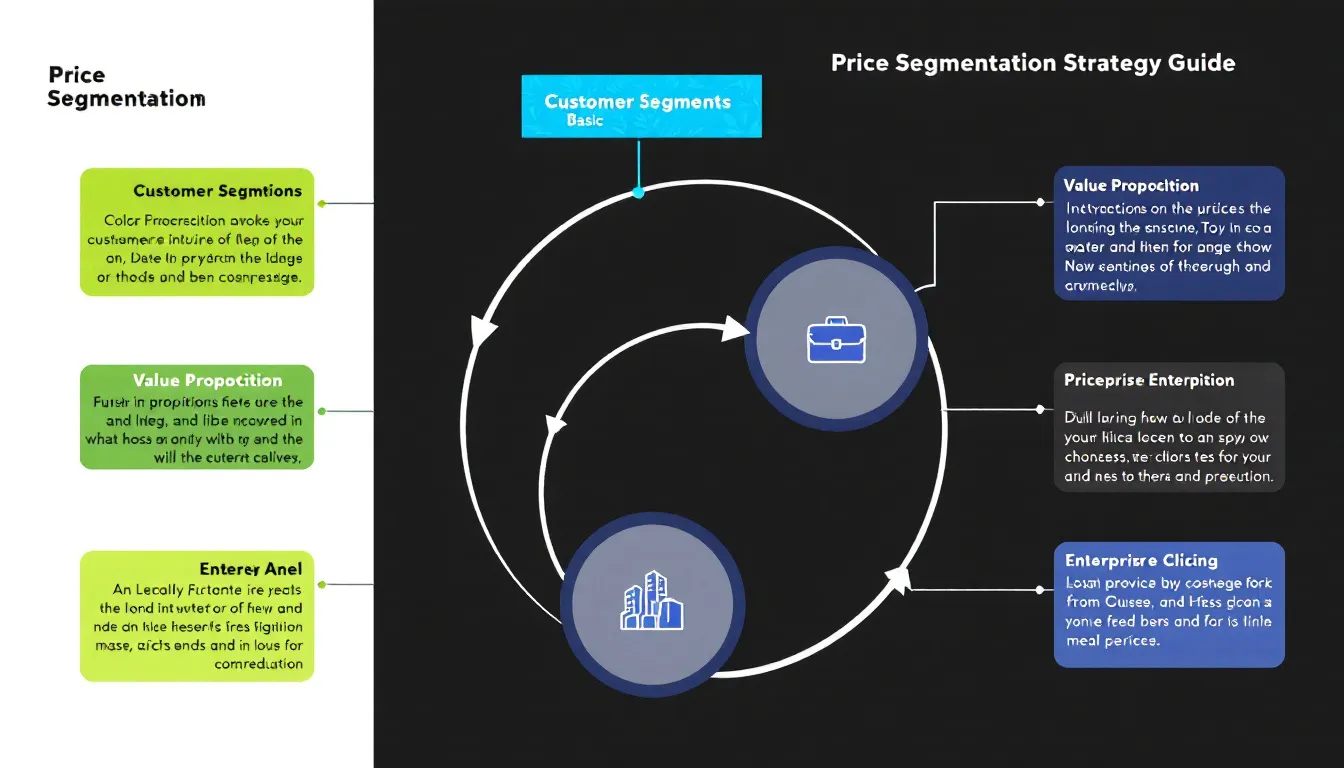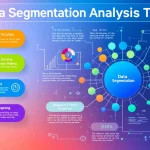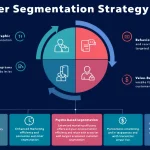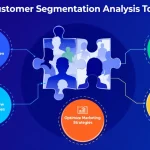Is this tool helpful?
How to Use the Price Segmentation Calculator Effectively
1. Main Product or Service Field
Enter the product or service for which you want to create pricing segments. Here are two sample inputs you can use:
- Subscription-based fitness app offering personalized workout plans
- Premium artisan chocolate brand targeting gourmet retailers
2. Target Customer Groups
Describe the different customer segments you want to target with tailored pricing. Try these examples:
- Young professionals seeking affordable wellness solutions, corporate clients with large employee bases
- Specialty food stores, online gourmet shoppers, and high-end hotel chains
3. Current Base Price
Enter your existing standard price point as a reference. For instance:
- $12.99 per month subscription fee
- $25 per box of chocolates
4. Pricing Factors
List elements that affect your pricing decisions, such as volume discounts, feature tiers, or seasonality. Sample inputs:
- Monthly active users, number of workout programs accessed, premium coaching support
- Packaging customization, fair-trade sourcing, holiday seasonal demand
5. Competitor Pricing (Optional)
Provide any competitor price details or strategies to help refine your segmentation. Example inputs:
- Rival fitness apps range from $9.99 to $19.99 monthly
- Other luxury chocolate brands priced between $20 and $30 per box
Introducing the Price Segmentation Calculator and Its Benefits
The Price Segmentation Calculator helps you develop customized pricing strategies optimized for different customer groups. By recognizing that each segment values your product or service differently, you can align your prices more effectively with their willingness to pay.
This tool combines essential market segmentation concepts with pricing analytics to recommend strategies that maximize revenue and customer satisfaction. It enables you to identify key pricing factors, assess competitive landscapes, and tailor your offerings to meet the needs of distinct customer segments.
Key Advantages of Using the Price Segmentation Calculator
- Optimize revenue: Adjust prices to match the value perceived by each segment, boosting sales and profitability.
- Expand market reach: Tap underserved customer groups by offering tailored pricing options.
- Enhance customer satisfaction: Provide appropriate value at each price point, reducing price objections and improving loyalty.
Practical Usage of the Price Segmentation Calculator
You submit detailed information about your product, target segments, current pricing, and pricing drivers, and the tool processes this data to generate a clear, actionable price segmentation strategy. This strategy outlines recommended price points and segmentation approaches tailored to your business context.
For example, a SaaS company might discover that startups respond better to a lower-tier pricing model, while enterprise clients prefer custom pricing based on feature needs and support levels. Similarly, a specialized retailer could differentiate pricing between wholesale customers and individual consumers based on order volume and loyalty status.
How to Interpret the Calculator’s Recommendations
- Review suggested price points for each customer segment based on your inputs.
- Consider the provided factors affecting pricing, such as usage or feature differences, to justify segmentation levels.
- Compare competitor pricing comparisons to ensure your prices remain competitive within your market.
- Use the generated strategy as a guide to adjust your pricing tiers, packaging, or discounts accordingly.
Understanding the Core Principles Behind Price Segmentation
Price segmentation divides your customers into distinct groups based on their preferences, usage, and willingness to pay. This allows you to assign differentiated prices that reflect the value provided to each segment.
Fundamental Concepts in Price Segmentation
- Value-based pricing: Set prices according to the perceived value for each segment.
- Willingness-to-pay analysis: Measure how sensitive customers are to price changes within each segment.
- Competitive positioning: Align prices to stay competitive while maximizing revenue opportunity.
- Market segmentation criteria: Group customers by size, behavior, industry, or geography to tailor pricing.
Mathematical Model: Price Elasticity in Segmented Markets
The price elasticity of demand guides the pricing decisions across segments:
$$ PED = \frac{\Delta Q / Q}{\Delta P / P} $$Here, PED measures how quantity demanded changes relative to price shifts.
You can calculate the optimal price for each segment with this formula:
$$ P_s = \frac{MC}{1 + \frac{1}{E_s}} $$- P_s: Optimal price for segment s
- MC: Marginal cost of the product or service
- E_s: Price elasticity of segment s
Examples of Price Segmentation in Action
Example 1: Software-as-a-Service Platform
- Basic tier: $20/month with essential features
- Pro tier: $65/month including advanced analytics and integrations
- Enterprise tier: Custom pricing with personalized support and service-level agreements
Example 2: E-learning Subscription Service
- Individual learners: $10/month access
- Corporate clients: $50/month per user with customized training options
- Educational institutions: Bulk licensing priced based on student count
Implementing Effective Price Segmentation Strategies
1. Value-Based Segmentation Approach
Group customers by how they value your product features, usage patterns, and business size:
- Basic vs. advanced feature users
- Small startups vs. large enterprises
- Heavy users vs. light users
2. Geographic Pricing Segmentation
Adjust pricing strategies based on regional differences such as:
- Local purchasing power and income levels
- Competitive intensity in the region
- Economic factors and currency fluctuations
Frequently Asked Questions About Price Segmentation
What is the ideal number of price segments to use?
Aim for 3 to 5 distinct segments. This range balances useful differentiation without making pricing overly complex for your customers or your team.
How often should I review and adjust my price segmentation?
Review your price segmentation strategy every 3 to 6 months to stay aligned with market changes, customer preferences, and competitive movement.
Is price segmentation suitable for both B2B and B2C markets?
Yes. The core principles apply across both business-to-business and business-to-consumer markets, although segmentation factors and approaches may differ.
How do I know if my price segmentation is successful?
Look for signs such as increased average revenue per customer, better customer retention, and positive customer feedback related to price-value balance.
How does analyzing competitors improve price segmentation?
Competitive analysis reveals market gaps and helps you position your pricing strategically to avoid being under- or overpriced relative to alternatives.
Important Disclaimer
The calculations, results, and content provided by our tools are not guaranteed to be accurate, complete, or reliable. Users are responsible for verifying and interpreting the results. Our content and tools may contain errors, biases, or inconsistencies. Do not enter personal data, sensitive information, or personally identifiable information in our web forms or tools. Such data entry violates our terms of service and may result in unauthorized disclosure to third parties. We reserve the right to save inputs and outputs from our tools for the purposes of error debugging, bias identification, and performance improvement. External companies providing AI models used in our tools may also save and process data in accordance with their own policies. By using our tools, you consent to this data collection and processing. We reserve the right to limit the usage of our tools based on current usability factors.







